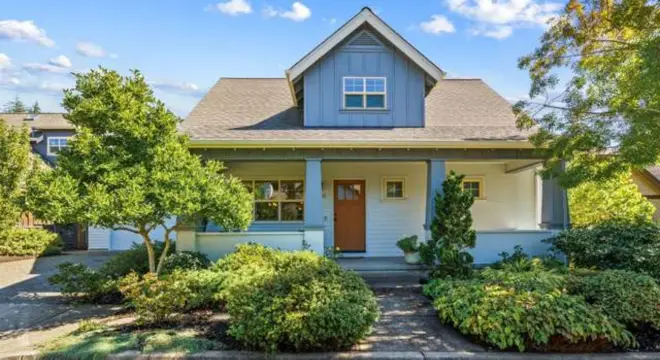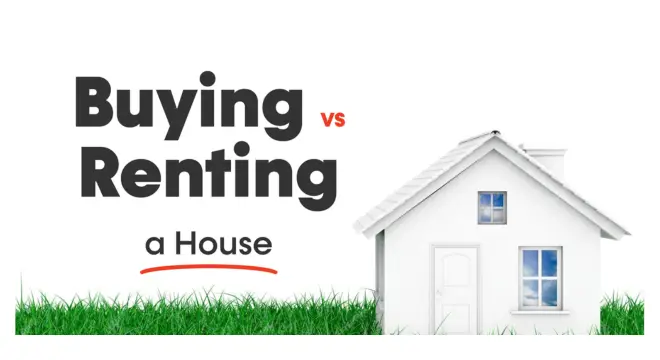Bank of America Alerts Buyers to Size-for-Price Shift in Housing
Let’s be honest—buying a home in today’s market feels like walking into a grocery store, paying more, and leaving with less. Except instead of groceries, it’s your future home. You’re not imagining it: homes in the U.S. really are getting smaller, while prices keep rising.
According to data highlighted in Bank of America’s latest report, newly built homes are shrinking in square footage—even as construction costs, mortgage rates, and material expenses climb. You’d think a smaller home would cost less. It doesn’t. In fact, many buyers are getting less living space for more money than they would’ve paid a few years ago.
What’s driving this? Builders are cutting square footage to keep sticker prices “affordable,” but that’s only part of the story. Tariffs, supply chain issues, labor shortages, and land costs are all playing a role. Meanwhile, you as the buyer are left making trade-offs: Do you give up a bedroom? Settle for a smaller kitchen? Move 40 miles outside the city just to stay within budget?
It’s frustrating. And you’re not alone in feeling that way. This isn’t just about home sizes—it’s about value, comfort, and whether the American dream is still within reach.
Would you still consider buying a home if it meant downsizing more than you expected? Let’s dig into why this is happening—and what you need to watch out for next.
Why Home Sizes Are Shrinking Across the U.S.?
When I started tracking housing trends post-2020, one thing stood out almost immediately—builders aren’t just adjusting prices… they’re shaving off square footage. And fast.
If you’ve been house-hunting recently, you’ve probably seen it too. New homes that once boasted 2,400–2,600 square feet are now showing up at 1,900 or even less. What’s going on?
Here’s what I’ve found:
Builders are trying to keep homes somewhat affordable by trimming size instead of price. It’s not because they want to. It’s because their input costs—materials, land, labor—are hitting the roof. And they know you still want to stay within a manageable monthly mortgage. So instead of raising the price tag even more, they offer less house.
You might walk through a brand-new property and wonder, “Where’s the pantry? Why is the master bedroom this tight?” It’s not just you—it’s the market shifting under your feet.
Bank of America Confirms: You’re Paying More for Less
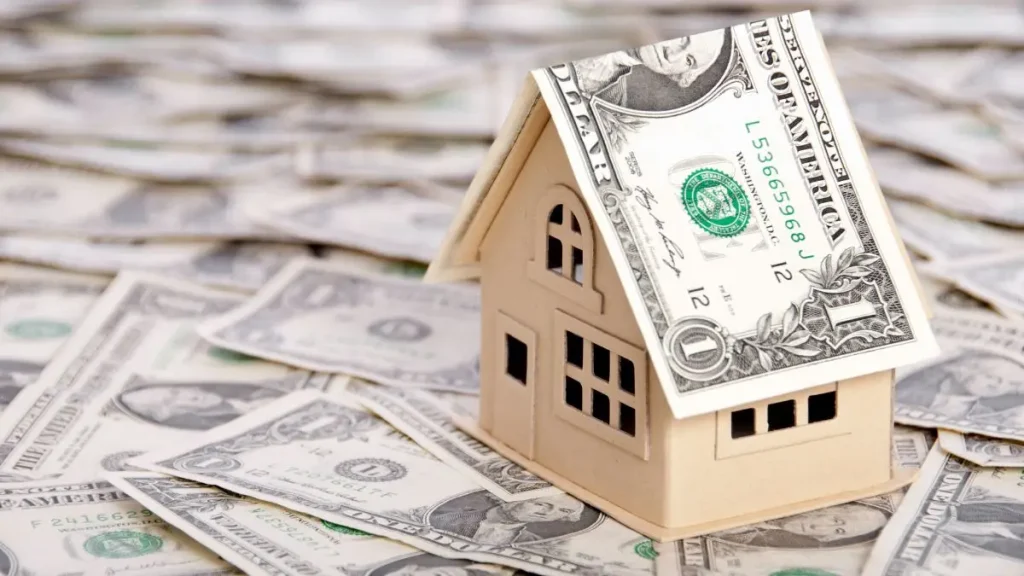
I’m not the only one sounding the alarm. In a recent feature by The Street, Bank of America directly addressed what’s happening in the U.S. housing market—and their words weren’t comforting.
They pointed out that homes are getting smaller, yet the overall cost of building them is climbing steadily. Their internal data shows that the average material content in a new home is now worth over $102,000, up sharply from pre-2020 levels. That’s despite the fact that the home itself is shrinking in size.
What does this mean for you?
It means you’re stuck in a strange cycle. You might think, “If I downsize, I should save money.” But the truth is, you might end up paying more per square foot than you would have five years ago—for less usable space.
And Bank of America isn’t just analyzing the numbers. They’re warning buyers like you that this “less-for-more” trend could continue well into 2026, especially if tariffs and inflation persist.
Tariffs and Material Inflation Are Quietly Eating Into Your Budget
If you’re wondering why things are getting more expensive even as homes shrink, let me show you something most headlines skip: global trade and tariffs.
I’ve looked into how the cost of raw materials—like lumber, steel, HVAC units, and flooring—has changed in just the last three years. The answer? Brutally. Thanks to lingering tariffs on Canadian lumber, Mexican drywall, and Chinese imports, builders are paying more to construct less.
What’s worse? These costs get passed on to you, the buyer.
Bank of America estimates a 3% increase in construction costs by the end of 2025 just due to tariffs. That might sound small, but for a $400,000 home, that’s $12,000 extra—for nothing you can actually see or feel.
So if you’re wondering why your dream kitchen suddenly became a compact galley, or why your garage shrank to barely fit a sedan—it’s not you being picky. It’s structural. And it’s largely out of your hands.
If you’re running numbers, this breakdown of the monthly cost of a $431K home at today’s rates can help put things in perspective.
First-Time Buyers Like You Are Getting Squeezed the Most
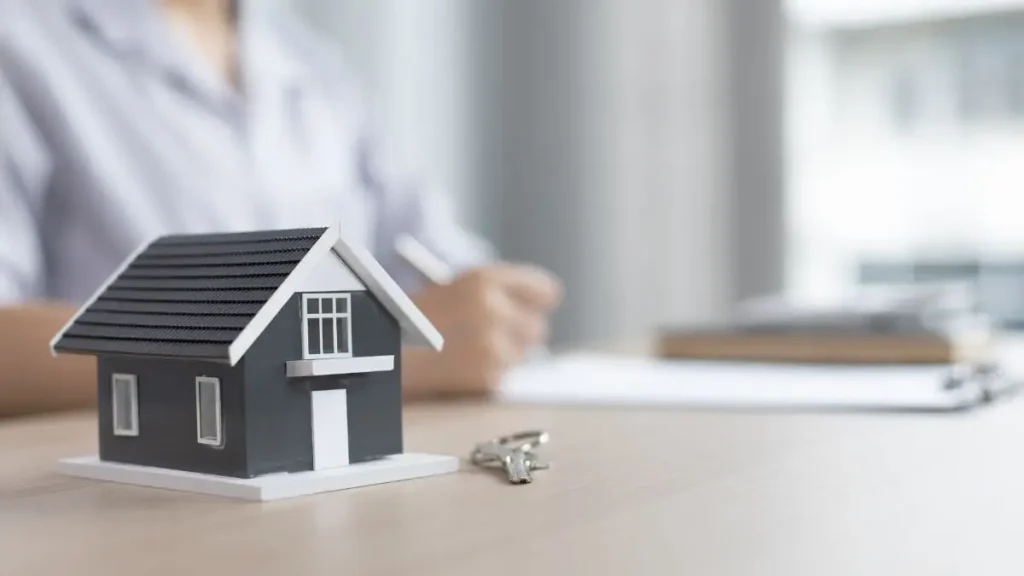
Let me speak directly to you if you’re a first-time homebuyer—because I’ve seen this group hit hardest in today’s market.
You’ve probably spent years saving, building credit, maybe even putting student loans behind you. But now that you’re ready to buy, what’s available feels… disappointing. Smaller homes. Higher prices. 7% mortgage rates. And barely any room to negotiate.
It’s not your fault.
The system isn’t working in your favor right now. According to Bank of America, three out of four young buyers believe home prices or mortgage rates will fall—so they’re waiting. But while you’re waiting, prices continue creeping up, and rent isn’t getting any cheaper either.
You’re in a pressure cooker:
- You want space—but can’t afford the square footage.
- You want location—but suburbs are getting pricey too.
- You want value—but every option feels like a compromise.
And I get it. This isn’t just about square feet—it’s about starting a life, building equity, raising a family. Shrinking homes hit you in the gut, not just the wallet.
Interestingly, in some parts of the country, sellers now outnumber buyers—a trend that hasn’t been seen in over a decade.
Are Smaller Homes Actually Cheaper? Not Really
I used to think that smaller homes meant a better deal. Less space, less cost—right? But once I started digging into the data, the truth flipped.
You may pay a lower sticker price, sure. But the price per square foot is often higher than before. Builders know that perception matters. So they shrink the home but use trendy finishes—granite countertops, faux wood floors—to justify the price. It feels fancy. But you’re still paying a lot for less real estate.
And that’s not all.
Your ongoing costs—like insurance, taxes, HOA dues, and maintenance—haven’t gotten cheaper. In fact, depending on where you buy, they’ve gone up. So what are you actually saving?
If you’re planning a long-term investment or looking for family comfort, these smaller homes can feel like a trap dressed in modern packaging.
So before you jump in thinking “It’s smaller, so it must be affordable,” take a second look. The math—and the reality—might surprise you.
Seen something similar while house-hunting? Share your experience or thoughts in the comments—we’d love to hear what buyers like you are noticing in your market.
How Builders Are Making Shrinking Homes Look Like a Good Deal?
Here’s something you might not realize at first glance: builders are getting really good at making smaller homes look and feel bigger—even when they’re not.
During my walkthrough of a 1,600-square-foot “new build” in Texas, I noticed something odd. There were no formal dining areas, barely any hallway space, and the pantry could fit two cereal boxes—maybe. But the finishes? Gorgeous. Vaulted ceilings, trendy backsplashes, upgraded lighting packages. The illusion? This home “felt” luxurious.
That’s the playbook.
Builders are trimming square footage but adding visual value—like open floor plans, oversized windows, walk-in showers, and outdoor patios—to distract you from what’s missing. In many cases, you’re getting less home, but the design sells it as more.
It’s smart business. But as a buyer, you have to ask:
“Am I paying for actual space or the feeling of space?”
Because emotional design tricks won’t help you when you run out of storage three months after moving in.
Should You Wait or Buy Now? What the Experts Are Saying
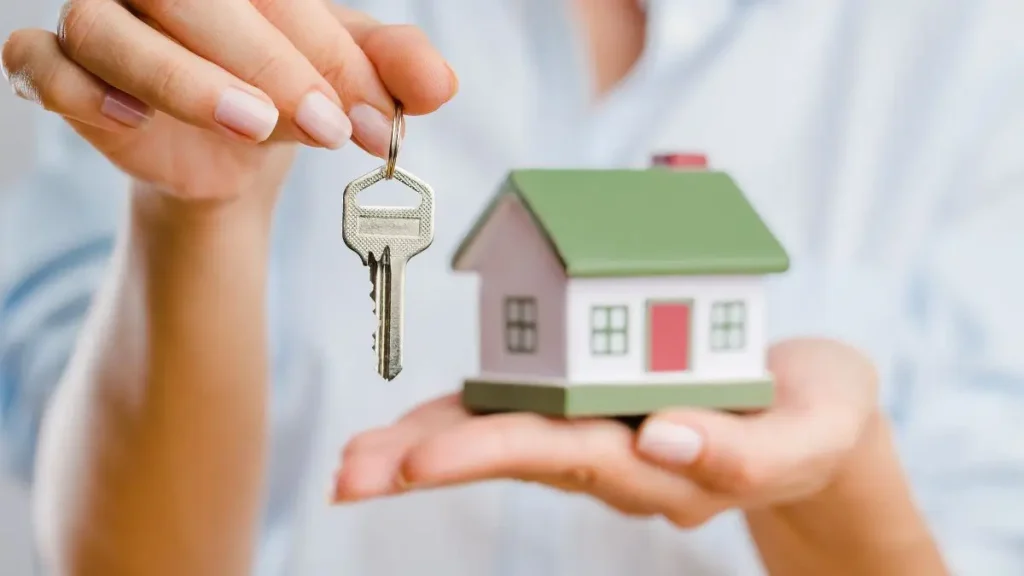
If you’re on the fence, you’re not alone. I’ve spoken with agents, read every repot: It depends on your situation—but waiting may not guarantee better deals.
Bank of America reports that 75% of younger buyers believe prices or rates will drop, and that belief is fueling hesitation. But here’s the catch:
- Inventory is still tight in most cities.
- Construction costs are unlikely to fall soon (especially with tariffs still in place).
- And if rates do fall in late 2025 or 2026, demand could spike again—pushing prices higher.
So what should you do?
If you find a home that fits your lifestyle and budget (even if it’s smaller than expected), locking in now could make sense. But if you’re already stretching your finances and compromising on too much? Waiting and renting a bit longer might be smarter.
Don’t gamble on timing the market—focus on timing your life.
We’ve seen buyers use tools like WhatsApp updates to stay ahead of weekly market shifts, policy changes, and affordability trends. If real-time insights help your planning, subscribing to trusted update channels might be worth considering.
The Real Costs You Shouldn’t Ignore in 2025 and Beyond
Let me share something you won’t hear in most listings or open houses: the hidden costs of owning a home in 2025 are rising fast.
It’s not just about mortgage rates or price per square foot. You also have to factor in:
- Insurance premiums, especially in states like Florida and California
- Property taxes, which are rising in fast-growing counties
- Climate risks, which can impact long-term resale or eligibility for loans
- Maintenance costs, which don’t shrink just because your house did
So when you see that smaller, $400,000 home and think, “This seems doable,” run the full math. A smaller home might still carry a $3,000/month burn rate once everything’s added in.
My advice? Sit down and calculate your total monthly obligation—not just principal and interest. Because affordability isn’t about the loan—it’s about your lifestyle.
And if you’re feeling stretched, don’t forget—some buyers may still qualify for up to $3,200 in tax credits that could ease your initial burden.
Will Homes Keep Getting Smaller?
Let’s look ahead—because this trend isn’t just about what’s happening now. It’s about what’s coming next.
Bank of America and other analysts suggest that home sizes will likely shrink further, especially in cities where land is limited and zoning laws haven’t caught up. Unless construction costs ease up—which isn’t expected until at least late 2026—builders will keep scaling down to hit price points.
Here’s what I expect to see:
- More compact designs with premium finishes to boost perceived value
- Townhomes and micro-lots becoming standard in urban expansion zones
- Policy shifts—like relaxed zoning or prefab incentives—starting to gain traction, but too slowly to help buyers right now
So, if you’re planning to buy in the next 12–24 months, just know: what you see today might be the new normal.
Homes aren’t just shrinking in size. They’re shifting in meaning—from “forever houses” to function-first living spaces. The American Dream hasn’t vanished—it’s just had to downsize.
Final Thoughts
The U.S. housing market is shifting—and fast. Between rising material costs, shrinking square footage, and first-time buyers feeling the pinch, it’s clear that today’s market demands more than just money. It demands strategy.
Whether you decide to buy now or wait it out, don’t let surface-level trends guide your decision. Focus on your long-term goals, run the real numbers, and ask the tough questions—because in this market, smart buyers win.
Want more insights like this? Visit Build Like New for expert takes on housing trends, home affordability, and what’s changing in the real estate landscape.
Disclaimer: This article is for informational purposes only and does not constitute financial or investment advice. Housing market data may change over time and should be verified with updated sources. Always consult a licensed real estate or financial professional before making major home-buying decisions.
⭐ Subscribe to Our Newsletter
Subscribe to the publishers newsletter to receive the latest news and updates directly in your inbox

